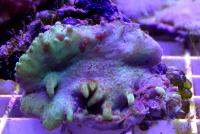Чтобы подписаться, требуется авторизация
Подписчики
0
Очередная любопытная статья (ангельский) - Coral growth under Light Emitting Diode and Light Emitting Plasma: a cross-family comparison
Автор:
Dann, в Освещение - общие вопросы




